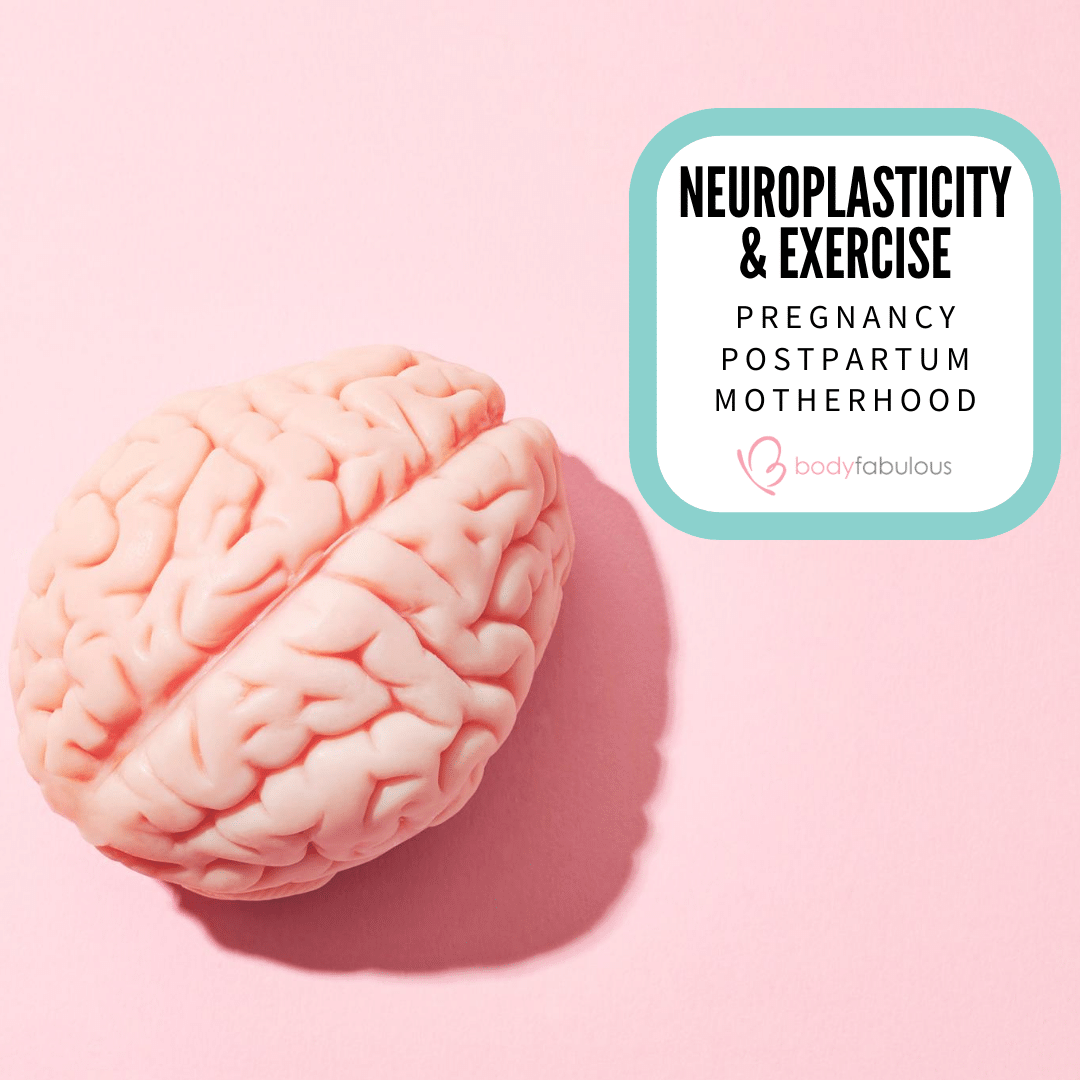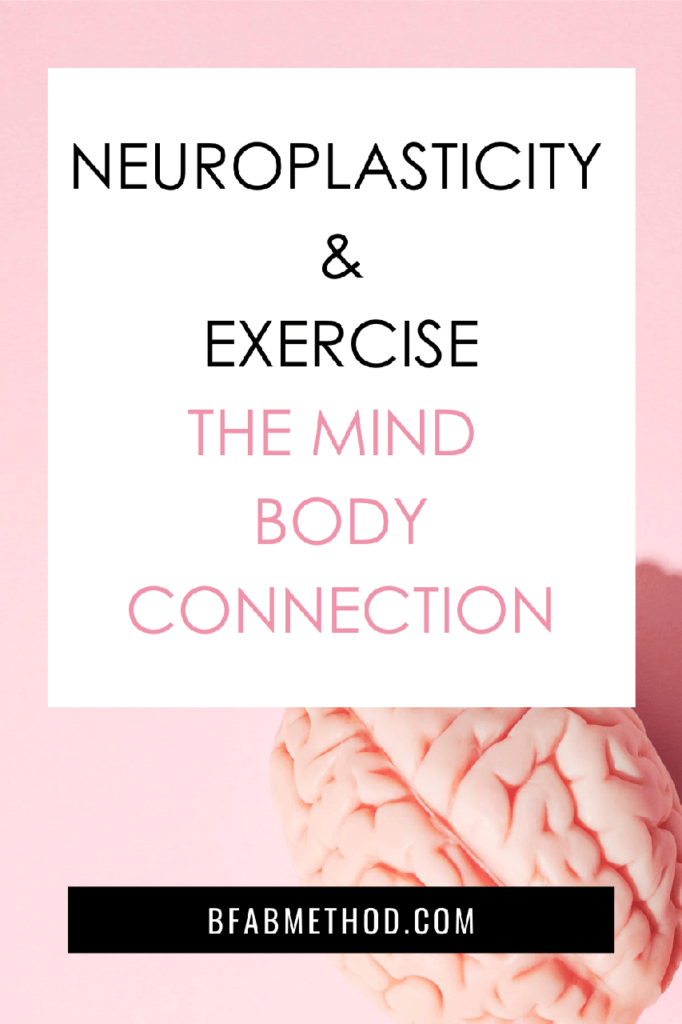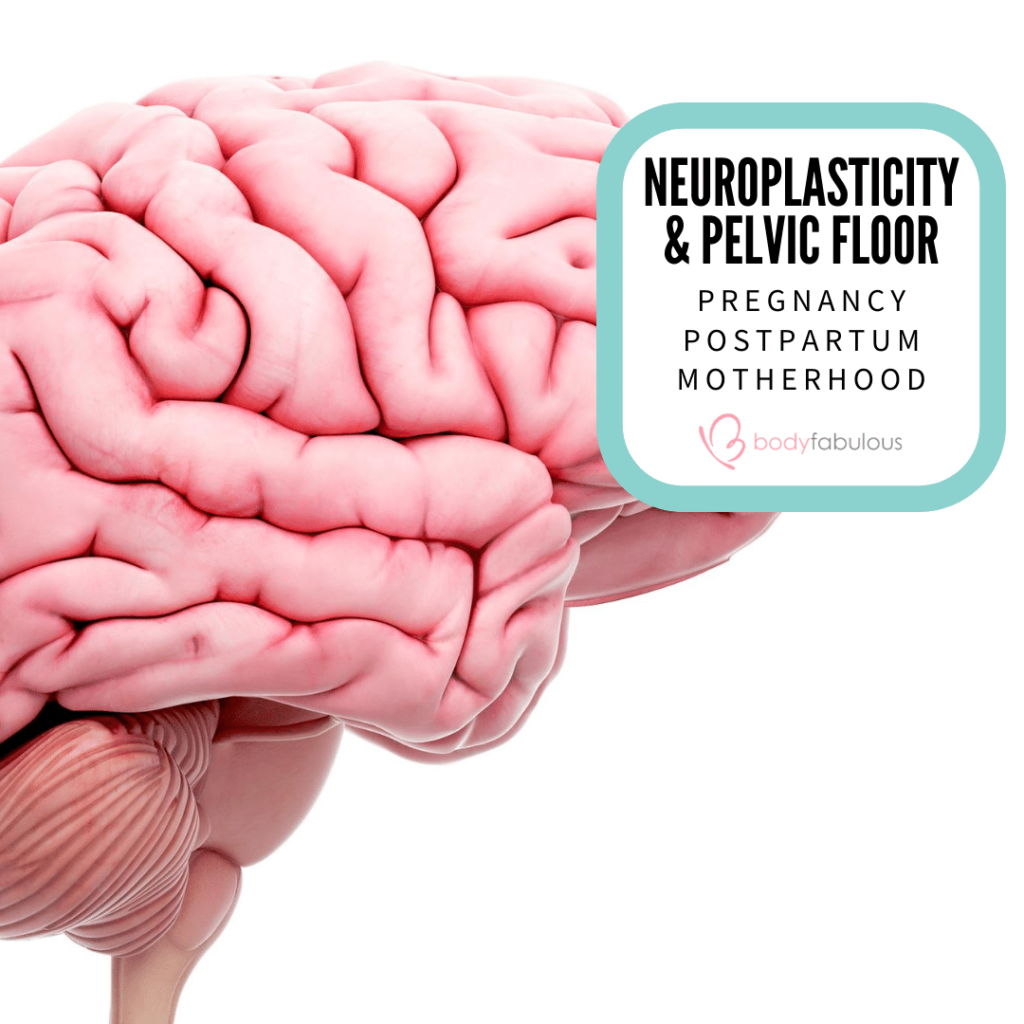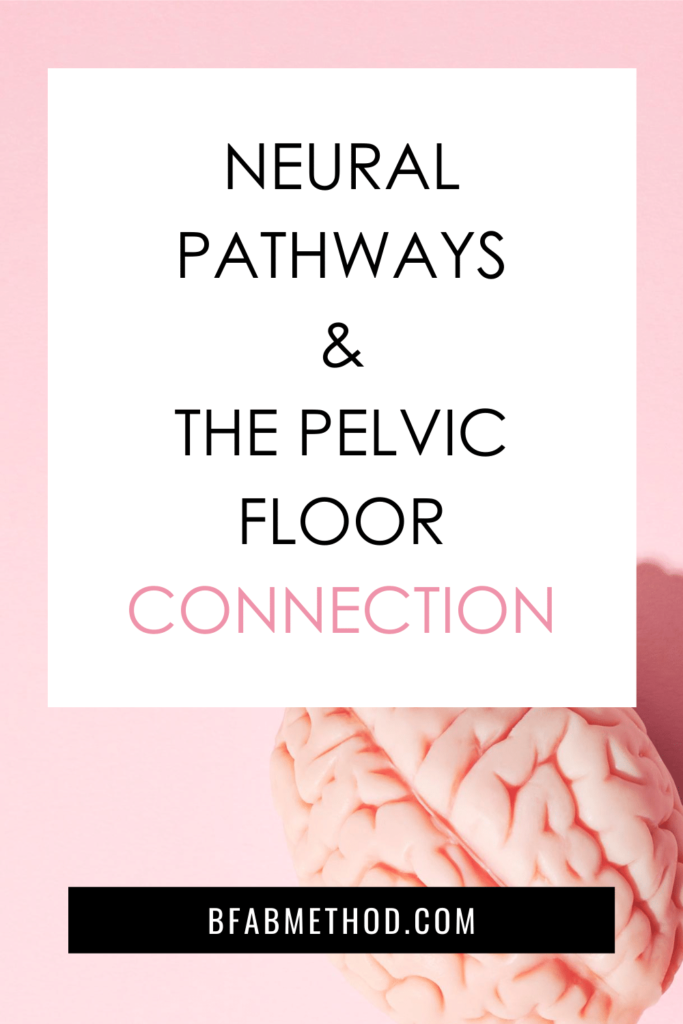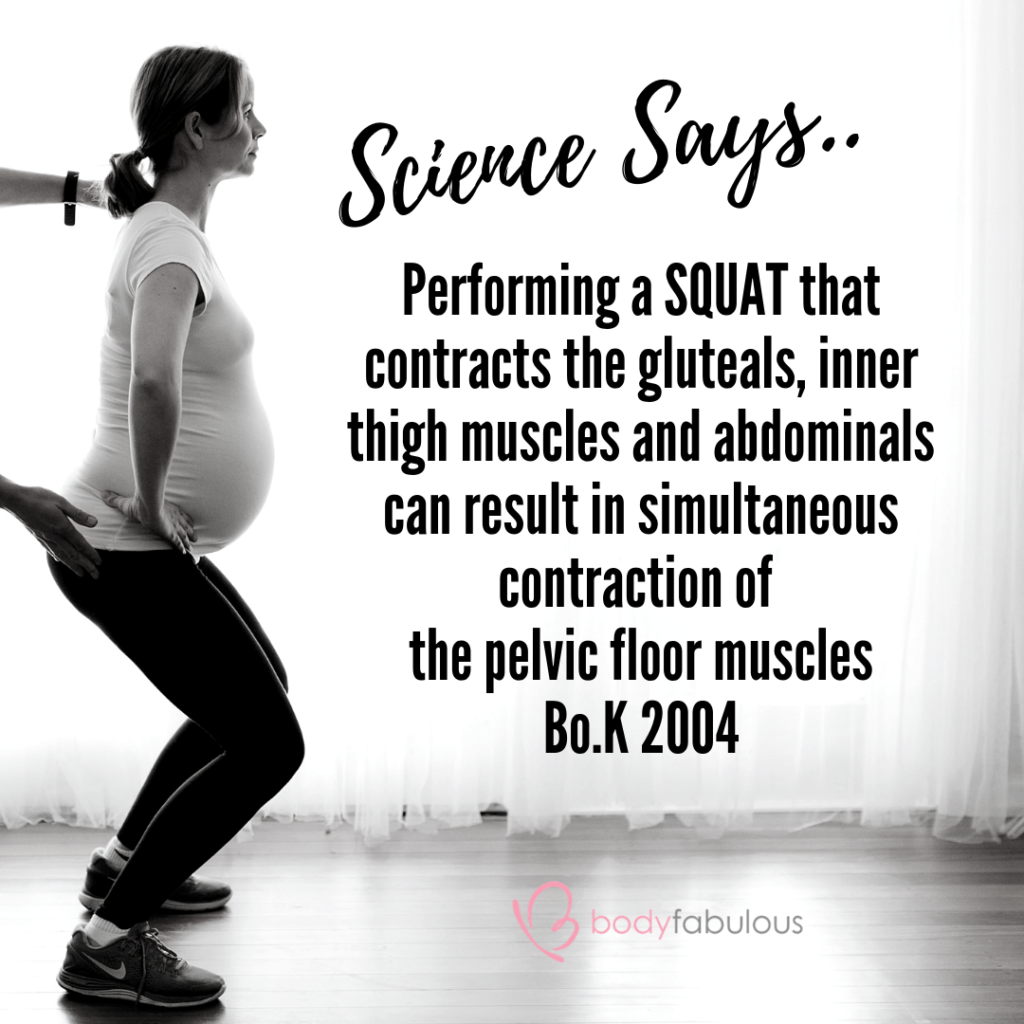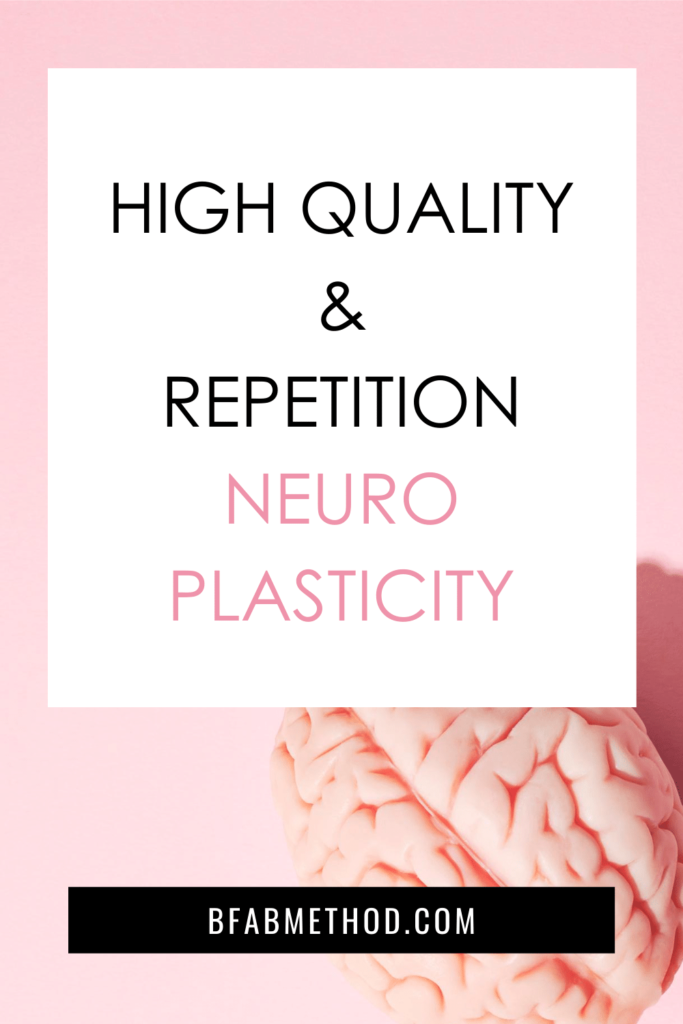Most people don’t know that when they are exercising or moving their bodies, they are also working out their nervous system as well. Neuroplasticity is the brain’s ability to continually change or re-mould just like plasticine and exercise can influence how this happens.
As Neuroscientist Dr Tara Swart explains ..
“Think of the brain as the hardware of a computer” says Swart. “Your mind is the software. You’re the coder who upgrades the software to transform the data (thoughts). You also control the power supply that fuels the computer — the food and drink you consume, when and how to exercise and meditate, who to interact with… You have the power to maintain or destroy your neural connections.”
Neuroplasticity during a workout
Often when we exercise the main intention is just to get the workout DONE! This includes lifting weights, body-weight movement and also cardio, plus there is also a conscious or sub-conscious intention of “I need to push myself” or “go hard” to get a result.
But when was the last time you considered, “Where do I feel this? Are the right muscles ACTUALLY working?”
Unfortunately, many of us don’t really think about WHERE we feel a move or what muscles are working. Because for a long time the fitness industry has programmed us to believe it is all about how much you can lift, what crazy moves you can do, how high is your heart rate is, how many calories are burned…or even how fast you can finish a workout!
It is all about doing something HARDER, STRONGER, FASTER… or pushing harder! But guess what the often-unknown side effect of that push harder, do more culture is? INJURY!
That injury often happens because we are not mindful of our movement and not creating optimal neural pathways.
Now I’m NOT telling you not to work out, try your best and build strength. Also, this does not mean you can’t have fun taking on new challenges. But what I am telling you is, that science proven NEUROPLASTICITY in relation to your workouts and daily movements can open up a myriad of benefits….that go beyond just “going harder” or “getting fitter” as a workout goal.
Watch my video below to learn exactly what I mean by optimal and non optimal neural pathway patterns of movement in relation to neuroplasticity
How does neuroplasticty relate to pregnancy and postpartum exercise?
Neuroplasticity is really exciting as it is the ability of your brain to create new pathways to become stronger, create more function or strengthen existing pathways that may or may not be working optimally. Best of all neuroplasticity works no matter what your level of fitness or strength is.
In the last decade science has taught us that with neuroplasticity you can create new neural pathways through focused attention, deliberate practice and everyday repetition
Sometimes however, neural pathways may not be working that well or are get interrupted or challenged especially when the body is going through rapid changes during pregnancy and postpartum.
For example, many women have trouble activating or connecting to the pelvic floor, as it is part of a really deep muscle group. This can which make it challenging to “feel or find” the pelvic floor, which can often result in over activation or clenching (which is unhealthy for a hypertonic pelvic floor). Connecting to the deep core and pelvic floor also can become especially difficult during pregnancy as there is a baby in the womb which can interrupt known neural pathways or if you have given birth and the deep core muscles are exhausted plus there are many nerve changes to the pelvic area.
Muscle memory and neuroplasticity
As mentioned, focused attention, deliberate practice and everyday repetition creates neuroplasticity. This means the practice of combining visualisations together with breath and movement (even though you may not actually feel any movement) can create a neural pathway connection to the muscle – e.g the pelvic floor. So, every time you practice the brain is trying to find a new pathway to go from the brain to that muscle (i.e from point A to point B).
This means you have the power of creating “muscle memory”
However, if you only practice doing this twice then give up, the brain only tries to find 2 pathways and neither worked, which likely results in no change in the muscle or symptoms you may have. However, if you try 10 times a day, that’s over 100 times a week your brain tries to find a pathway that works. Then if most likely you will start to feel a connection or feel better in that area (which could be less leaking in relation to the pelvic floor). This also means that optimal movement combined with neuroplasticity has the fabulous ability to keep building activation and connection in a specific area of the body.
Neuroplasticity needs high repetition and perfect quality
Of key importance though, is the only way to get neuroplasticity to work effectively is to have high repetition and good quality movement. Therefore if you are doing a movement incorrectly (or simply rushing and “pushing harder” – as mentioned above) and your body is out of alignment and you have zero mind body connection – then most likely that movement that is created over time will be a non-optimal neural pathway
Ever wonder why people will say do a million squats but their glutes (or booty) never changes ? That is a sign that the right muscles and not being recruiting for the job and non optimal neural pathways are happening.
To change this, it requires you to start THINKING about the muscles that are working WHILE you workout to build a NEW neural pathway
To make this easier to understand think picture this….
A wild field of grass. If you were to continually walk through that patch of grass in the exact same location again and again, day in and day out and weeks to come, eventually you will create a path with no grass on it.
There will be a marked pathway within your field of grass.
The brain works in the same way. When presented with the same thought or movement (be it negative or positive) again and again eventually it creates a pathway and this pathway can become subconscious as we you are so used to repeating it.
Good news is you can re-mould these pathways ..but it needs to start with unblocking or rewiring the negative patterns then reprogramming with positive patterns…and this process is amplified by taking action by doing and VISUALLY seeing it
Return to the basics for optimal movement
This relates to how children learn to walk and then run. They do not immediately jump right into running, do they? They have to build their mind-body connection slowly, starting with the basics. Plus, their learning is created by not only physically doing the action but also watching or seeing how others run….every noticed how a younger sibling is so fascinated by their older siblings’ abilities ?
As adults we also have to do the same and this can also happen not matter what stage of pregnancy, postpartum or motherhood you are at.
Therefore, to achieve better movement outcomes try to make sure the exercise you are going is near perfect quality, which often requires more rest and slowing down and feeling into a better mind body connection. It also takes patience, practice and trust !
This applies to not only workouts but simple movements throughout the day that can influence neural pathway connection. In my online program called the BFABMETHOD we dive deep into this in a module call CORE CONSCIOUS
That’s why working with a certified pregnancy and postpartum trainer can help you with micro-adjustments for good quality movement and long-term benefits.
Also remember if you were learning a new language this does not happen overnight and everyone learns at a different pace. Your behaviour is in your control, and by practicing the awakening and long-term use of your brain you will ultimately create the most neural pathways and maintain cognitive functioning for a lifetime of benefits.
Want to dive deeper into a better mind body practice during pregnancy and postpartum ?
Join my BFABMETHOD online. With over 100 safe and effective workouts for any stage of pregnancy, postpartum and motherhood. Including a complete comprehensive birth prep module and clinical nutrition plan. Plus learn how neuroplasticity during a workout and for motivation can help you !
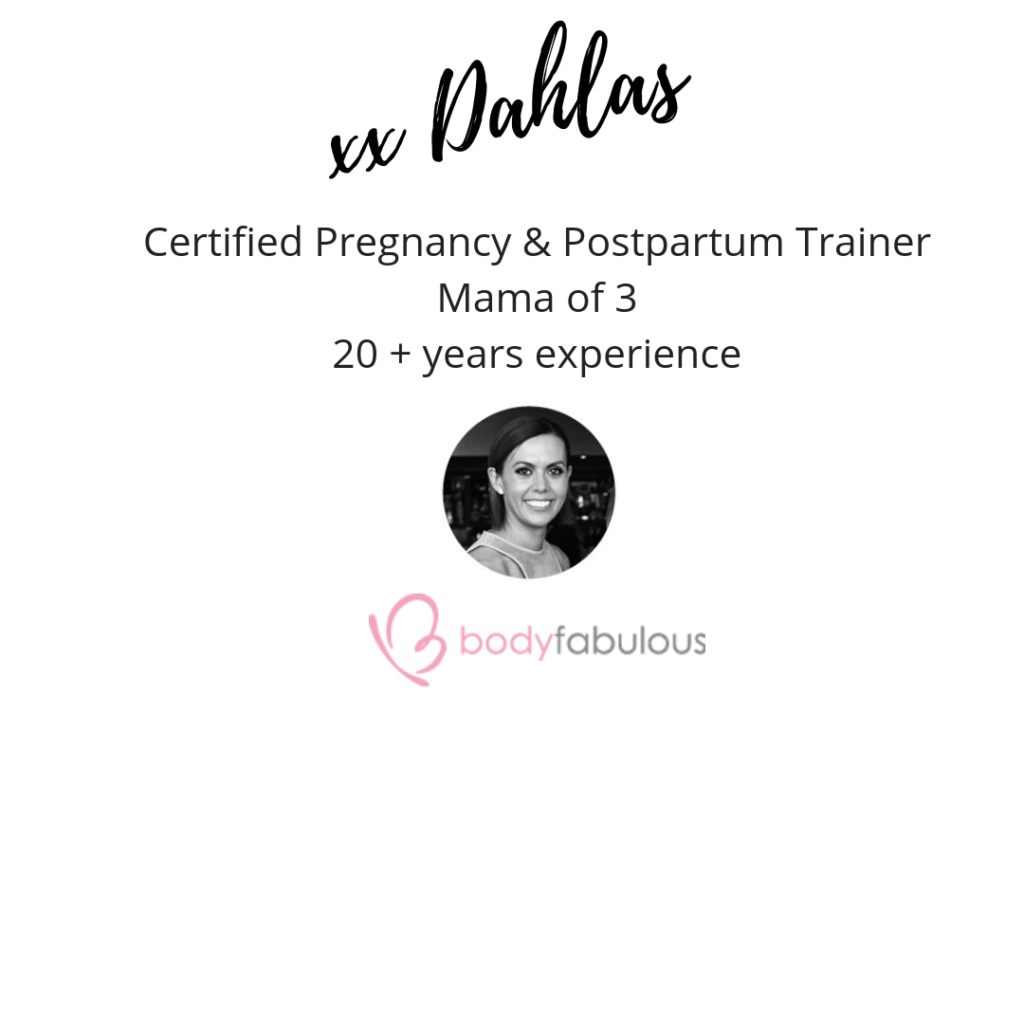
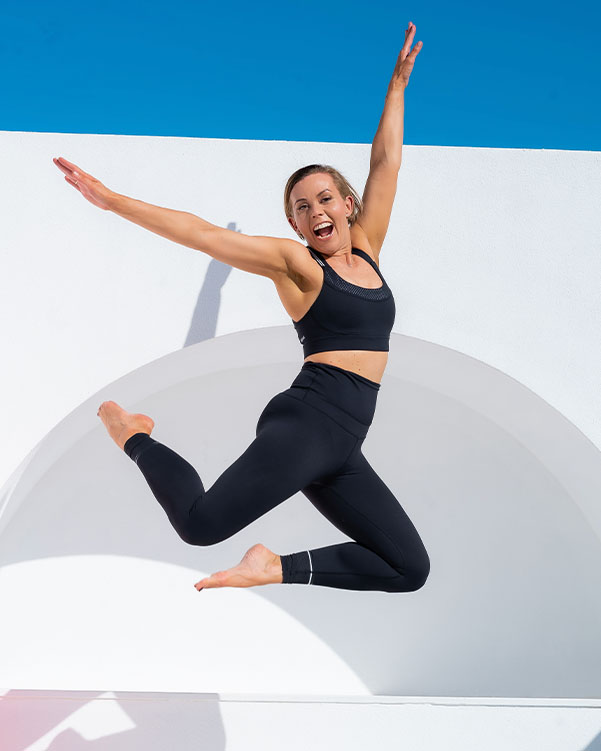
About Dahlas
Dahlas Fletcher is one of Australia’s most respected and successful certified and experienced Pregnancy and Female Fitness Trainers. Her goal is to help you be the happiest, most fabulous version of yourself, inside and out.


